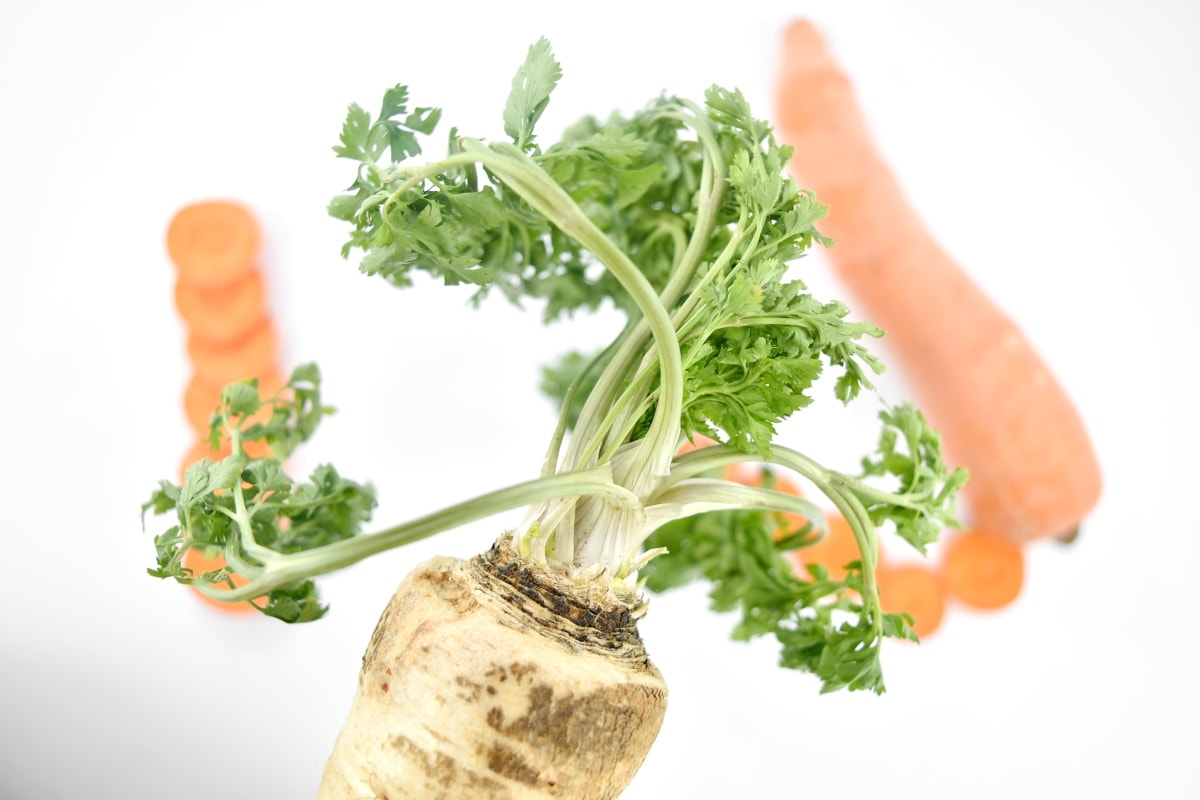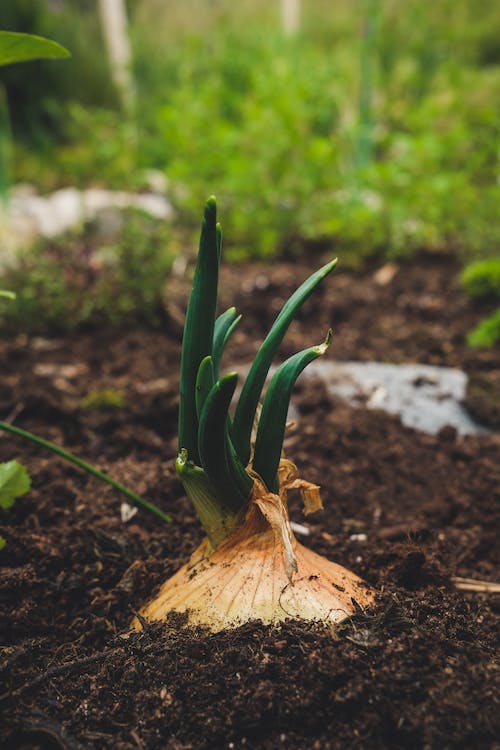This technique, which comes straight from the United States, consists of making green waste that would have been thrown away in the garbage or compost grow again and again. All you need is water, soil, and sun to grow new vegetables from your waste. We give you our tips on how to get started with regrowing!
What is regrowth?
Regrowing is a term that first appeared in the United States. This simple technique, which is within everyone’s reach, consists in taking the remains of a vegetable that has been thrown away or composted to grow a new one. Unlike the classic cutting, the goal is not to create multiple plants, but only the same plant from its green waste.
For several years this technique has been exported across the globe and particularly in Europe.
You don’t need a green thumb or extensive gardening knowledge to practice regrowing in your kitchen. In fact, for some of these recipes below, all you need is a glass of water and some simple instructions to make the magic happen. In a few weeks, or even a few days, you will be able to witness a true rebirth of your vegetable. Ecological and economical, regrowing is the trendy technique. Don’t wait any longer to try it!
Give a second life to your green waste
The idea is to allow fruits, vegetables and herbs to rise from the ashes in a way. Simply take the parts that you usually throw in the trash or in your compost. These are often the ends.
Many foods can be used with this technique. We share four on this page, but as you dig deeper, you’ll see that many other vegetables can grow back with regrowth.
Carrot tops

It is simply impossible with this technique to grow a new carrot from the one already in your vegetable bin. On the other hand, you can grow carrot tops over and over again. Carrot tops are very healthy and can be eaten in soup, sandwiches, salads or in a pie.
Regrowing tops is easy! First, make sure you have a carrot with its own tops. If you can’t find any, be sure the carrot has not been treated. Many farmers treat their carrots so that they don’t produce tops after harvest. However, we need an untreated carrot to implement this technique. We advise you to get those with blackish tips.
-
Step 1: Using a knife, cut 2.5 cm off the top of your carrot. If the tops are still present, remove them before cutting off the end of the carrot.
-
Step 2: In a pot, add sterile potting soil and moisten it. Be careful, too much water could drown the cutting.
-
Step 3: Then plant the tip of the carrot, keeping in mind that the base of the stems should still be visible.
-
Step 4: Finally, put the pot in a bright and sunny place while making sure that the soil always remains moist. Be careful to keep them indoors, away from the cold. A windowsill can be the ideal place.
After a few days, stems will begin to emerge. Wait a few more weeks before you can harvest them. Then wait for new tops to grow.
Leek
In soup, pie, steamed or even melted, leeks can also be reborn thanks to regrowing.
-
Step 1: Take your leek and cut out about 5 cm above the base of the roots.
-
Step 2: Place this core in a glass half filled with water so that the roots are completely submerged. Be careful, the top part of the core must be out of the water.
-
Step 3: As with the carrot tops, place the glass on a sunny windowsill.
-
Step 4: Remember to change the water every other day.
-
Step 5: After seven days, place the cutting in a pot filled with potting soil.
-
Step 6: Remember to water regularly and wait until the foliage grows back after a few weeks. Then remove the leaves and cook them.
The basil
The regrowth of some vegetables is quite remarkable, but this technique also works with aromatic herbs like basil. Are you used to adding them to your dishes whenever you can? With regrowing, you can now grow them endlessly.
-
Step 1: On a bunch of fresh basil, take a few leaves about 5 cm long.
-
Step 2: Remove the lower leaves so that the stem is bare. Keep only the top few leaves.
-
Step 3: Place them in a small glass or cup filled with water. Be careful, only the stem should be immersed. The leaves must remain dry.
-
Step 4: As with the previous recipes, place this container in a bright, sunny spot like a windowsill.
-
Step 5: Remember to change the water regularly.
-
Step 6: When you see the roots growing, usually after two to three weeks, put them in a pot filled with potting soil and water them regularly.
-
Step 7: Finally, pick the new leaves and enjoy them in your dishes!
Lettuce
There are many different types of lettuce and some show better results than others. This is the case with romaine, butter lettuce or oak leaf. You can still try with your favorite lettuce, but you may not get as good a regrowth, but as the famous saying goes, “nothing ventured, nothing gained“.
-
Step 1: Using a sharp knife, cut out the leaves so that only about 6 cm of the base remains.
-
Step 2: In a container, pour 2 to 3 cm of water and immerse the salad in it. As with the other recipes, only half of the salad should be immersed (about 3 cm).
-
Step 3: Place the container on a windowsill. The place must be bright and sunny, it is essential to have a beautiful regrowth.
-
Step 4: Remember to change the water regularly, about every other day.
-
Step 5: You can cut the leaves as soon as they are the size you want and eat them.
Now that you know how regrowing works, it’s your turn to regrow vegetables! Remember to share your experience in the comments below.
